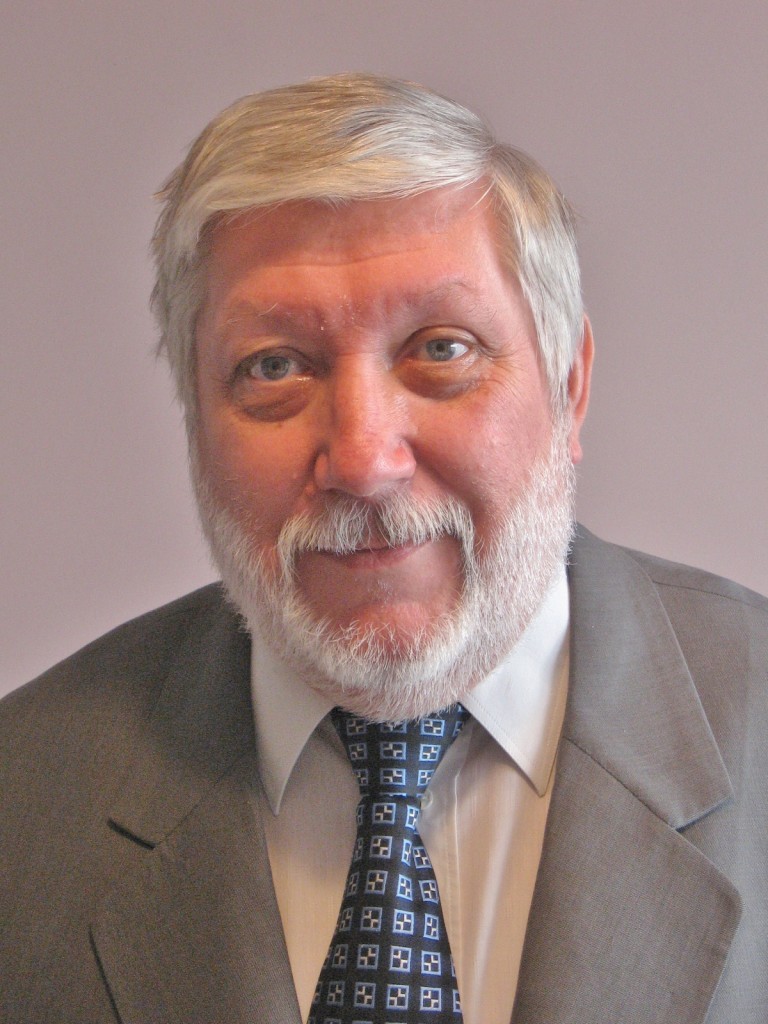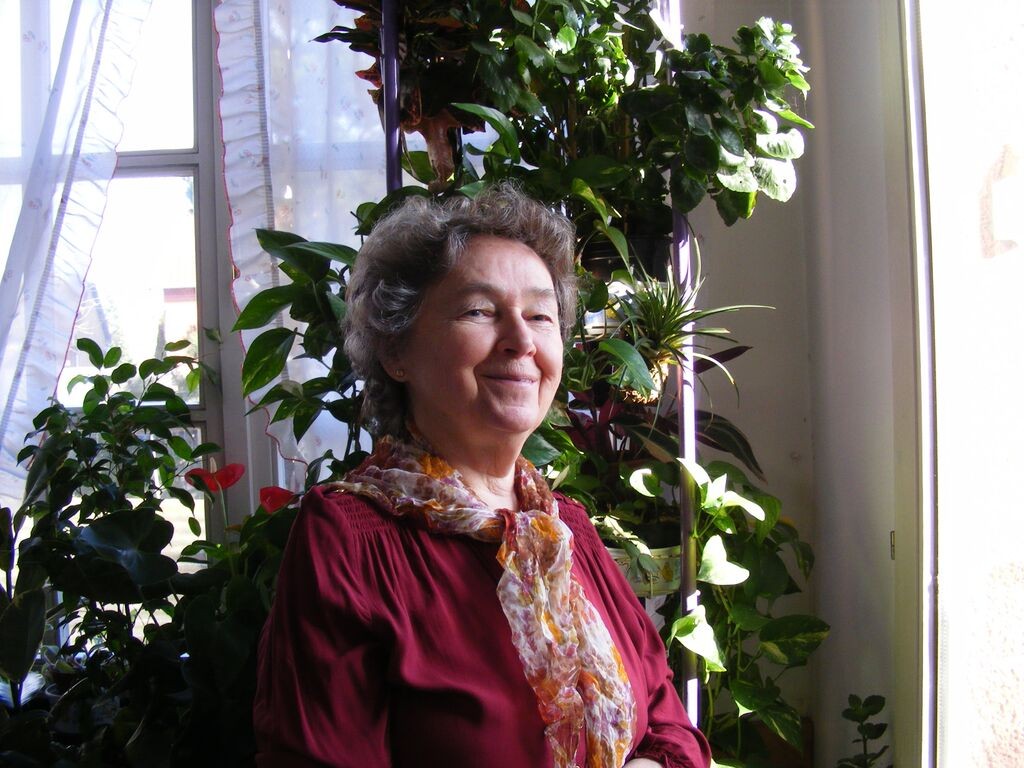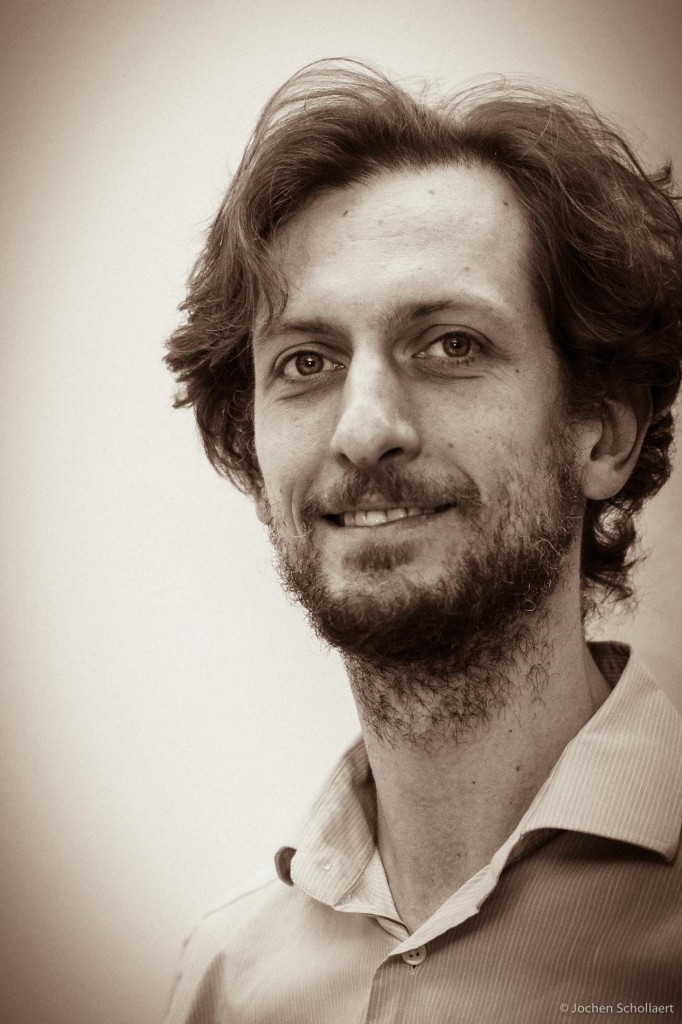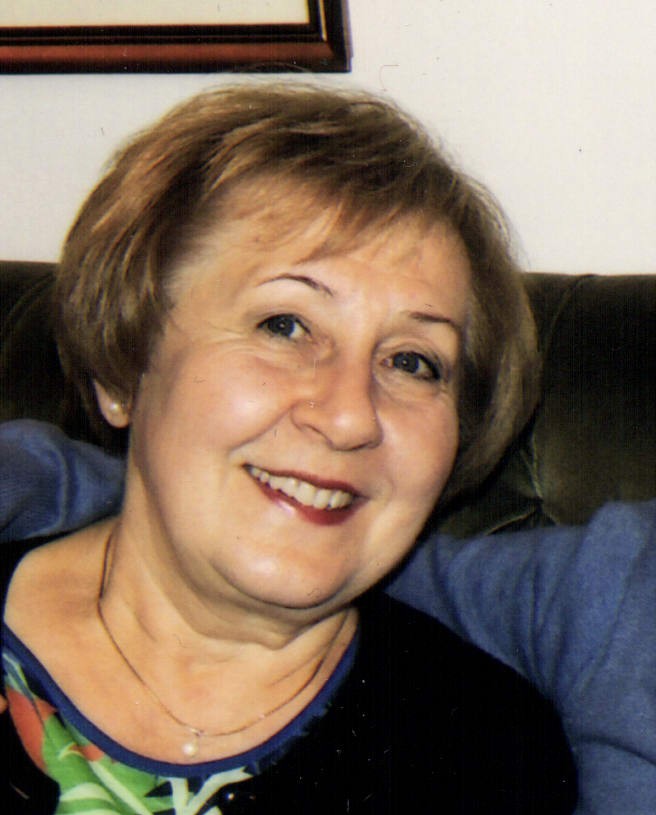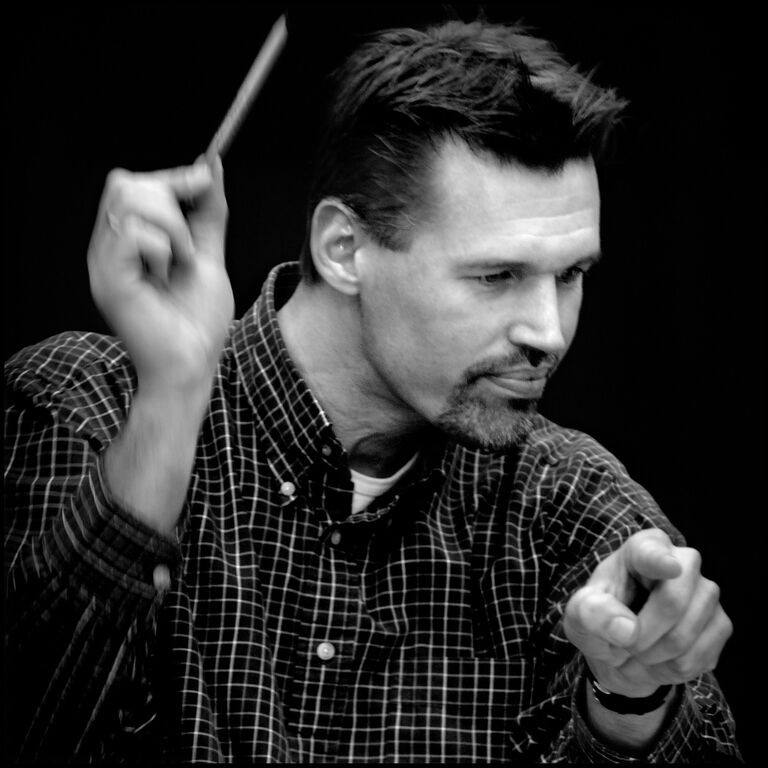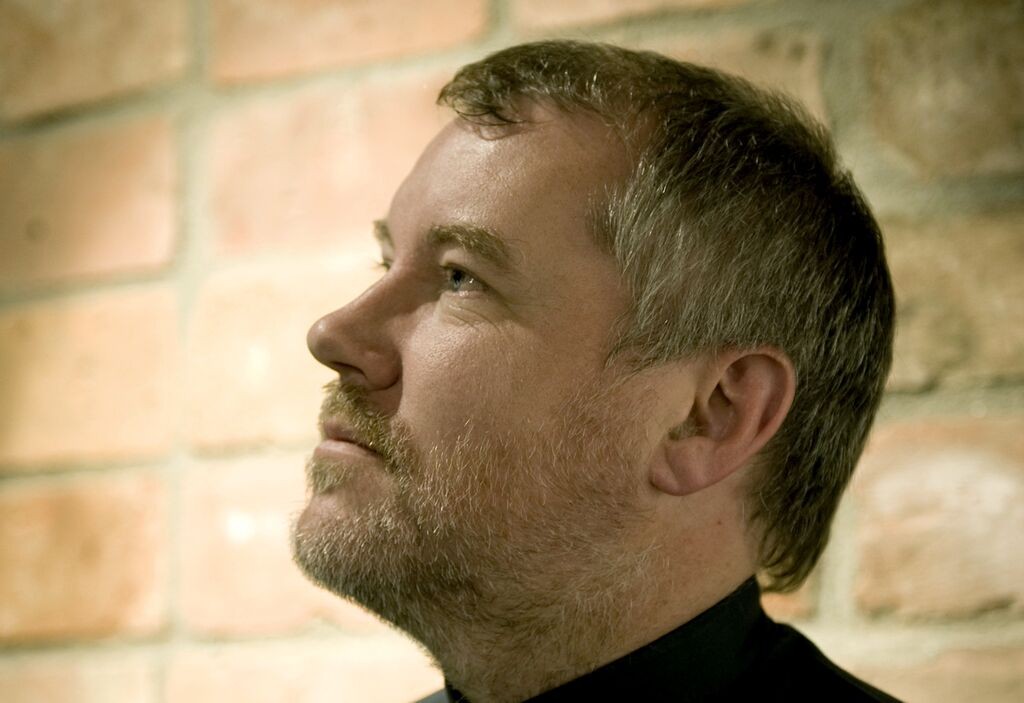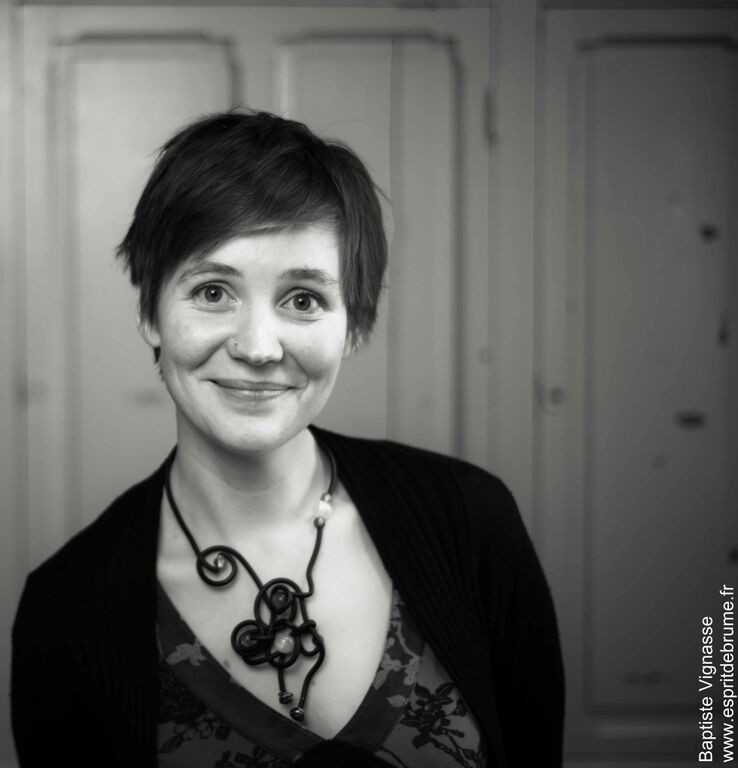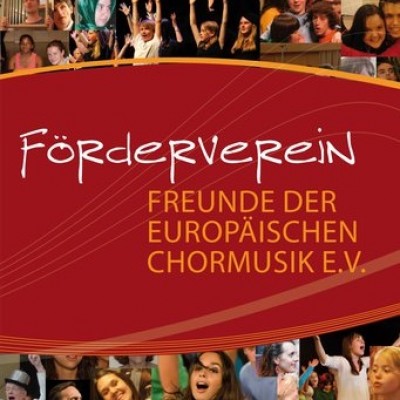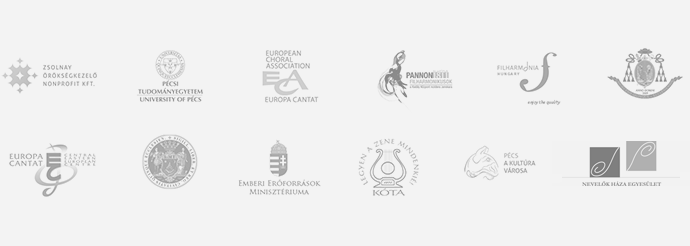| 09:30 - 10:15 | 10:15 - 10:30 | 10:30 - 11:30 | 11:30 - 12:00 | 12:00 - 13:00 |
|
Introductory Plenary Session |
Break | 1st block of sessions | Coffee break | 2nd block of sessions |
|---|---|---|---|---|
24 July 2015, 3 PM: First introductory session and audition for selecting the active participants.
From 25 July: Masterclass and rehearsal of pilot choir in the morning. Participation at stage rehearsal and daily Open Singings in the afternoon and early evening.
More informations about the program here!
9:30-13:00!!!
Lajos Bárdos is the most significant composer by choral works in the generation following Zoltán Kodály. Important part of his choral works are the pieces composed for chidren choirs.
The session will focus on the originality of rythmical and melodical invention, funny and humoristic elements, joyful evelating and educational side of his collections of small masterpieces.
Repertoire:
„Little ones’s Choir”
„Four Continents”
„Border of Europe”
„Hellas”
„Seventy Canons”
The Kovács-method is a new domain of music pedagogy, specifically elaborated for the needs of pupils and adults engaged in music making, which can be integrated into music teaching and everyday professional practice. The Kovács-method is a lifestyle, a workout and a body of factual knowledge in natural sciences, aimed to help musicians to cope with the mental and physical strains of the profession, and to avoid occupational hazards.
The second edition of the European Award for Choral Composers was organised in 2014, with the winning compositions being presented in the Conductors' and Composers' Programme of EUROPA CANTAT XIX Festival.
“Missa Brevis” - Hans Helsen
"Fairy Ring" - Maarten Van Ingelgem
“Diptychon” - Henrik Colding-Jorgensen
1. Kodály – the human, man of art and science Discovery of the musical mother tongue:
Collecting folksongs, re-introduction of the Hungarian music of old
The “Hungarian Method” is not simply music pedagogy,
rather a pedagogical program to educate,
develop and determine the wholesome personality and life
New elements and methods in the music education
Pedagogical oeuvre of Kodály and colleagues
2. Live presentation of the 1st grade pupils of the “Testvérvárosok Tere”-i
music elementary school
This title comes not only from a madrigal by Thomas Tomkins but the same poem inspired Péter Tóth, one of the very popular contemporary Hungarian composers. I would like to introduce other Hungarian secular and sacred choral pices written in German, Latin, Italian and French by three generations of Hungarian composers.
The Nederlands Kamerkoor has been a world-renowned choir for over 75 years. One of their core values is to inspire contemporary composers to write music for a capella choir, to ensure an ongoing development of choral music. Because of this, masterpieces have been composed that now belong to the standard choral repertoire: Quatre Motets pour le temps de Noël by Francis Poulenc for example, and Songs of Ariel by Frank Martin. Still, the Nederlands Kamerkoor commissions numerous works from young talented composers.
Klaas Stok, connected to the Nederlands Kamerkoor for years as guest conductor en choir master, presents highlights of commissioned pieces during the choir’s concert Composing a World on April 28. This lecture will serve as an in-depth introduction to the concert and provides understanding in the way Dutch composers wrote for the Nederlands Kamerkoor in the mid-twentieth century. Klaas will highlight exceptional compositions from important Dutch composers, such as Escher, Ton de Leeuw and Heppener. They are a good example of the choir culture in The Netherlands in that period. Klaas Stok will talk about the pieces from both a historical and musical point of view.
This session will concentrate on introducing and singing music by British Orthodox composers Sir John Tavener (1944-2013) and Ivan Moody (b. 1964). While much of Tavener’s music is well-known, there is also a great deal that has not received much public exposure; this reading session will concentrate his highly productive years of composing music on Orthodox texts. In addition, Ivan Moody, a former pupil of Tavener’s and himself a prolific composer of and writer on contemporary Orthodox church music, will introduce some of his own work, which has been written for such renowned performers as the Hilliard Ensemble, the Tallis Scholars, the BBC Singers and Chanticleer, explaining both techniques and context.
How the Kodály-concept revives in Hungary and all round the world
Its potentials, challenges and difficulties in the 21st century
How a medium-size Hungarian town – Veszprém aims to make the possible best of the heritage of Kodály:
Short presentation of personal pedagogical and artistic experiences
To sing well it is essential to use our body . How can we work with children full of energy to help them using their body to serve their voice? How can we focus the energy of children? On the other side, how can help the teenagers when they are less comfortable with their body?




